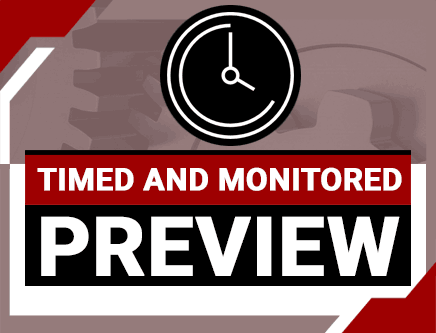Engineering Ethics: The Great Boston Molasses Flood (Ohio T&M)
Credit: 1 PDH
Subject Matter Expert: Edward P. Brunet, Jr., P.E.
In Engineering Ethics: The Great Boston Molasses Flood , you'll learn ...
- How the site selection process ultimately led to the large number of casualties
- How project schedule constraints contributed to the disaster
- Why the tank was not thoroughly leak tested
- The unique weather conditions that precipitated the tank rupture
Overview

To meet the Ohio Board's intent that online courses be "paced" by the provider, a timer will be used to record your study time. You will be unable to access the quiz until the required study time of 50 minutes has been met.
Credit: 1 PDH
Length: 13 pages
Boston is home to much history and folklore. And, sometimes the history of the city sounds like folklore. One example is the case of the Great Molasses Flood. To those who have never heard an account of this disaster, it sounds too strange to be true. But, sometimes truth is stranger than fiction!
On January 15, 1919, following the failure of a storage tank, a wall of molasses 15 feet high flowed through the North End neighborhood of Boston at a speed of up to 35 miles per hour. The force by which the gooey substance moved was enough to sweep away cars and trucks, demolish buildings and even take out one of the supports for the elevated train that moved above the city.
The Great Molasses Flood caused the death of 21 people and killed countless animals. In addition, 150 people were injured. Property damage was close to $100 million in today’s currency.
This ethics course will look at how the pre-World War I environment in Boston’s North End resulted in the tank being located in such a densely populated area. We’ll see how the project’s almost impossible schedule contributed to the disaster. We’ll learn about the manager of the project, and how his education and work background left him ill-prepared to take on such a task.
We’ll see how an unusually high ambient temperature swing contributed to the tank’s failure. We’ll also discuss how the tragedy impacted the engineering profession, as well as industry as a whole. Finally, we'll discuss lessons to be learned from this incident which are still applicable to executing projects a century later.
Specific Knowledge or Skill Obtained
This course teaches the following specific knowledge and skills:
- How the site selection process ultimately led to the large number of casualties
- How project schedule constraints contributed to the disaster
- Why the tank was not thoroughly leak tested
- The unique weather conditions that precipitated the tank rupture
- Warning signs that were not heeded by company managers
- Why “out of spec” material was accepted by the project and how it affected the tank’s factor of safety
- Why building codes, inspections and permitting processes failed to prevent the tragedy
- Lessons learned from this tragedy, as well as its long-term impact on the engineering profession
Certificate of Completion
You will be able to immediately print a certificate of completion after passing a multiple-choice quiz consisting of 10 questions. PDH credits are not awarded until the course is completed and quiz is passed.
| This course is applicable to professional engineers in: | ||
| Alabama (P.E.) | Alaska (P.E.) | Arkansas (P.E.) |
| Delaware (P.E.) | District of Columbia (P.E.) | Florida (P.E. Other Topics) |
| Georgia (P.E.) | Idaho (P.E.) | Illinois (P.E.) |
| Illinois (S.E.) | Indiana (P.E.) | Iowa (P.E.) |
| Kansas (P.E.) | Kentucky (P.E.) | Louisiana (P.E.) |
| Maine (P.E.) | Maryland (P.E.) | Michigan (P.E.) |
| Minnesota (P.E.) | Mississippi (P.E.) | Missouri (P.E.) |
| Montana (P.E.) | Nebraska (P.E.) | Nevada (P.E.) |
| New Hampshire (P.E.) | New Jersey (P.E.) | New Mexico (P.E.) |
| New York (P.E.) | North Carolina (P.E.) | North Dakota (P.E.) |
| Ohio (P.E. Timed & Monitored) | Oklahoma (P.E.) | Oregon (P.E.) |
| Pennsylvania (P.E.) | South Carolina (P.E.) | South Dakota (P.E.) |
| Tennessee (P.E.) | Texas (P.E.) | Utah (P.E.) |
| Vermont (P.E.) | Virginia (P.E.) | West Virginia (P.E.) |
| Wisconsin (P.E.) | Wyoming (P.E.) | |


 Live support chat
Live support chat



